Have you ever wondered what secrets your cat keeps hidden behind those mysterious eyes? Sometimes, it feels like our feline friends live in a world of their own, leaving us guessing about what’s really going on inside their heads. Yet, cats have an entire language of subtle cues and quiet shifts that reveal exactly how they feel—if you know how to look for them. Recognizing your cat’s unspoken emotions isn’t just about being a good pet parent; it’s about deepening the magical bond you share. Ready to decode the silent messages and truly understand your cat’s heart? Let’s step into their secret world.
Understanding the Basics of Feline Body Language
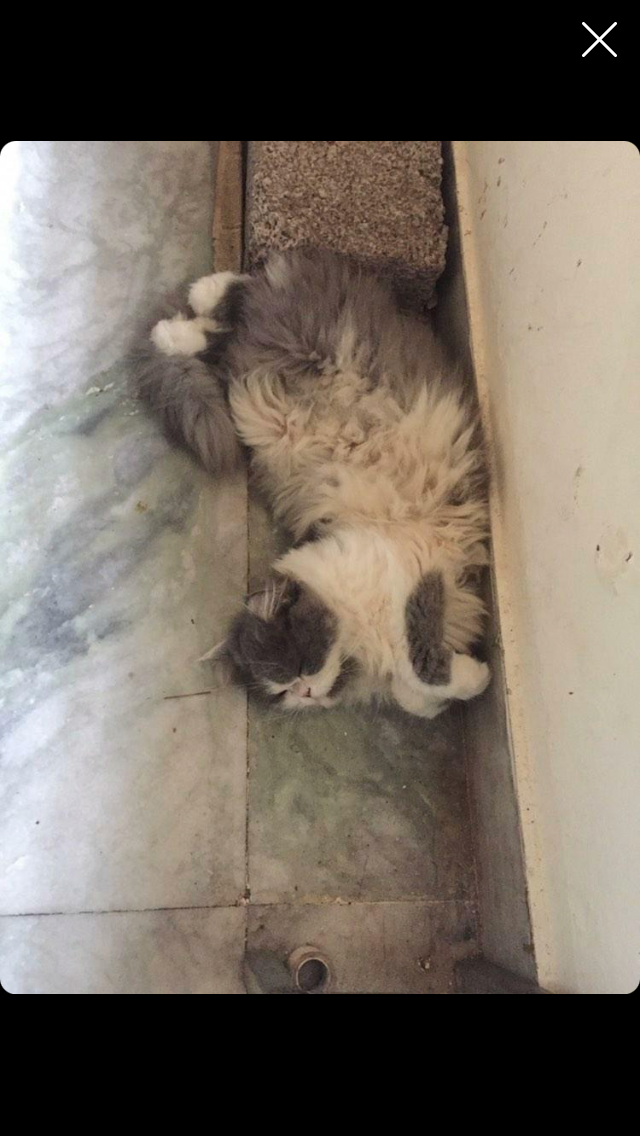
Cats might not speak our language, but their bodies are constantly communicating. From the way they position their tails to the tilt of their ears, every movement tells a story. A relaxed cat may sprawl out on the sofa, belly exposed in complete trust. In contrast, a tense feline could hunch with a tightly wrapped tail and flattened ears. Paying attention to these small details is like reading between the lines of a letter. The better you become at noticing them, the easier it is to pick up on emotional shifts before they become big problems. Try observing your cat for a week and jotting down what poses and stances you see—patterns will start to emerge. Over time, you’ll learn to spot when your cat’s mood takes a turn, even if they never make a sound.
The Tale Behind the Tail

The tail is often the clearest indicator of a cat’s mood. When your cat’s tail stands tall and straight, it’s a sign of happiness and confidence. If you see it twitching at the tip, your cat might be focused or slightly irritated. A low or tucked tail signals fear or anxiety, while a puffed-up tail screams alarm. Have you ever seen your cat’s tail swish wildly? That’s often frustration or excitement bubbling up. Learning to read these subtle signals can help you figure out if your feline is feeling playful, scared, or somewhere in between. Just like a traffic light, your cat’s tail gives you a heads-up about what’s coming next.
The Power of the Eyes

A cat’s eyes are like windows to their soul. Slow, gentle blinks are considered “cat kisses,” a signal of trust and affection. Wide, dilated pupils can mean your cat is excited, surprised, or even frightened. Narrowed eyes, on the other hand, usually indicate anger or discomfort. Staring without blinking may be a sign of dominance or unease. If your cat suddenly avoids eye contact, it could mean they’re scared or stressed. Try blinking slowly at your cat and see if they return the gesture—it’s a beautiful way to share a quiet moment together.
Decoding Ear Positions and Movements

Your cat’s ears are like tiny satellite dishes, always swiveling to catch every sound and emotion. Forward-facing ears signal curiosity and interest, while ears that flatten back or to the sides suggest fear, aggression, or irritation. Sometimes, one ear will twitch independently—this often means your cat is alert but unsure. Quick, repeated ear flicks can indicate annoyance or overstimulation. If you notice your cat’s ears pinned tightly against their head, give them some space—they may be feeling threatened or upset. Ear language is subtle, but once you catch on, you’ll start to notice just how expressive your cat really is.
Purring—Not Always a Sign of Happiness

Purring is usually associated with contentment, but that’s not the whole story. While a happy cat will often purr when relaxed or being petted, cats also purr when they’re anxious, frightened, or even in pain. It’s their way of self-soothing, much like a child humming to themselves. If your cat is purring while hiding or acting withdrawn, it might be time to look closer. Watch for other signs—like body posture and eye expression—to determine if this purr is a happy one or a call for comfort.
Vocalizations: More Than Just Meows
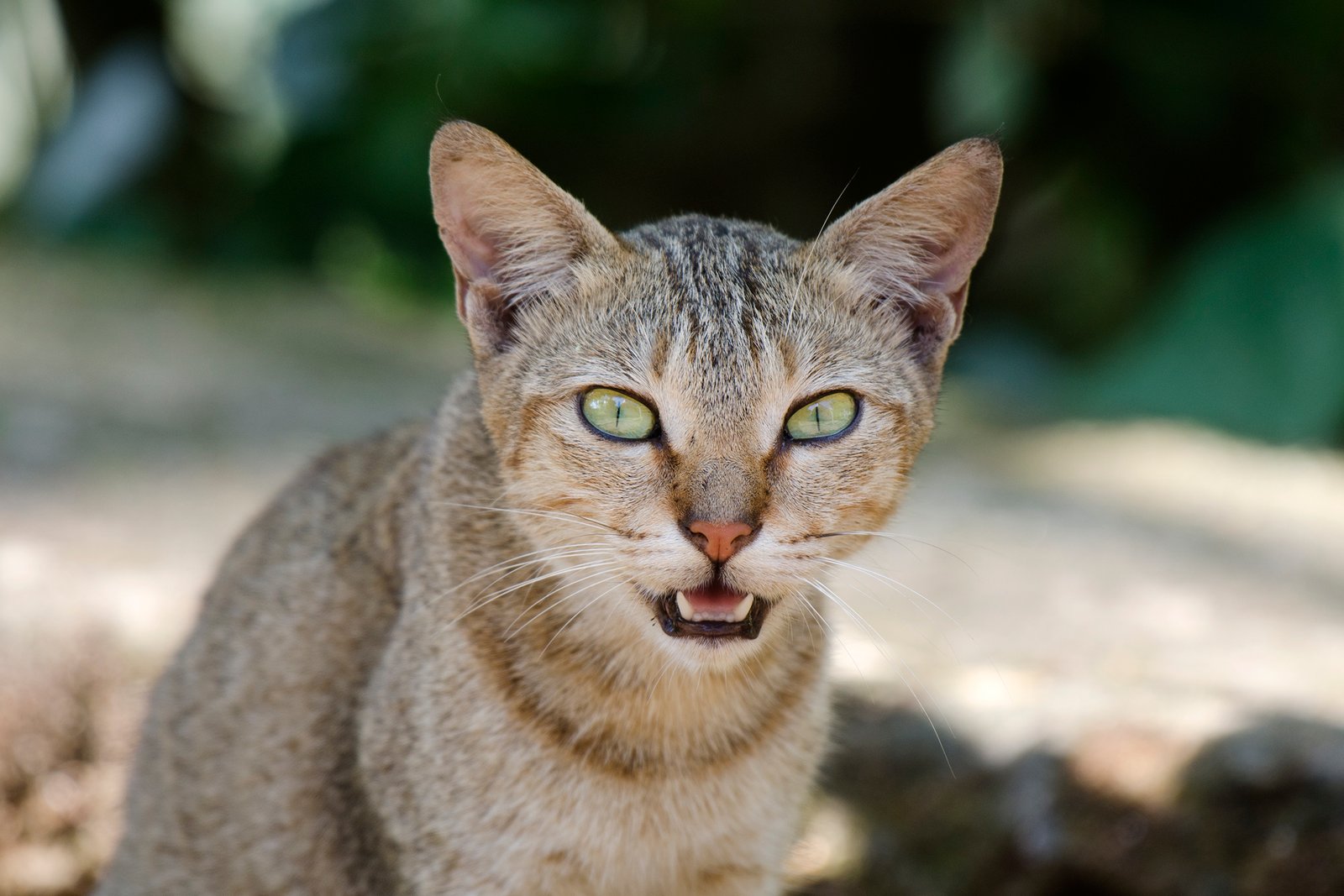
Cats have a wide range of sounds beyond the classic “meow.” A chirp or trill usually means your cat is excited or greeting you. Growls and hisses, as you might expect, signal anger or fear. Yowling, especially at night, can mean loneliness, stress, or even medical issues. Some cats are chatty and will “talk” to you with a series of noises that only you can truly understand. The key is to listen to the pattern and intensity of their sounds. Over time, you’ll learn the difference between a hungry meow and a “please leave me alone” yowl.
Sudden Changes in Grooming Habits
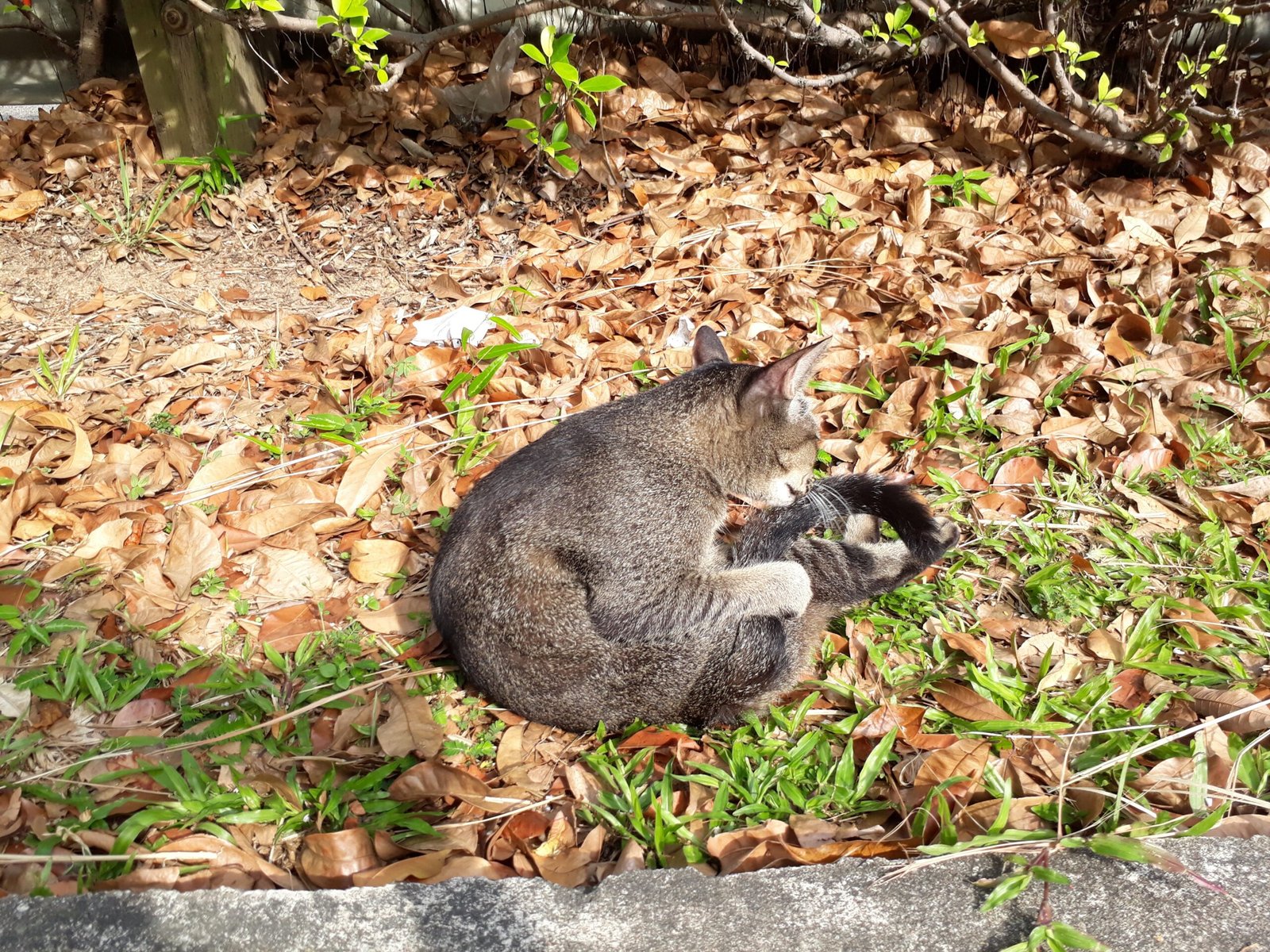
Grooming is a natural and comforting behavior for cats. When they feel good, they’ll spend hours cleaning themselves, leaving their fur smooth and shiny. If your cat suddenly stops grooming or starts over-grooming, licking themselves bald in spots, it’s a red flag. Changes in grooming are almost always linked to emotional or physical distress. It could be anxiety, boredom, or even an underlying health problem. Keep an eye out for bald spots, greasy fur, or skin irritation—these are your cat’s silent cries for help.
Unusual Hiding or Avoidance
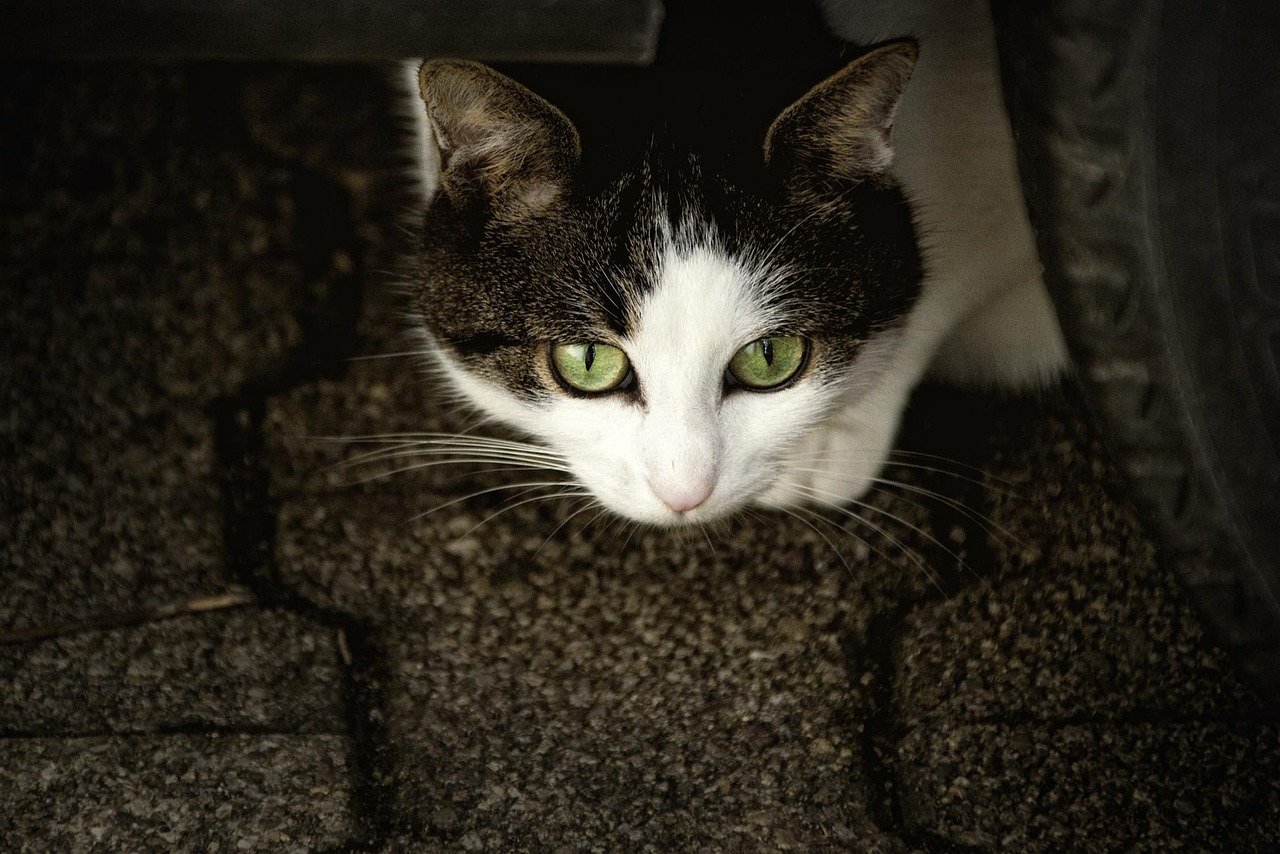
Cats love cozy spots, but if your outgoing feline suddenly starts hiding under the bed or in closets, something is up. Hiding is a common response to fear, stress, or illness. If your cat avoids you or shies away from touch when they used to crave attention, it’s time to investigate. Look for changes in their environment—new pets, loud noises, or unfamiliar visitors can all trigger this behavior. Sometimes, a cat just needs a little quiet time to reset. But if the hiding continues, it’s worth a closer look.
Changes in Appetite or Eating Habits
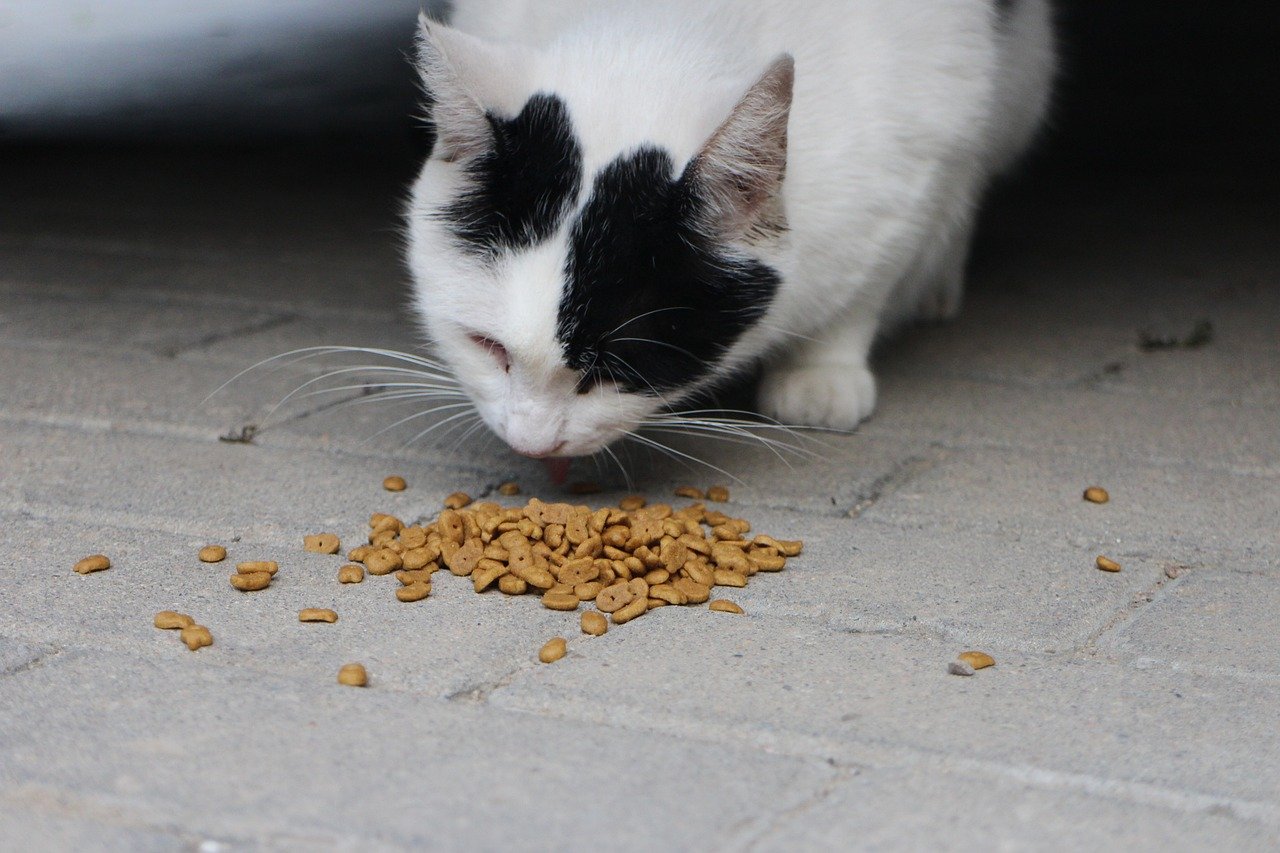
Food is a big deal for cats, and any changes in their eating habits can point to emotional shifts. A cat that suddenly stops eating might be stressed, depressed, or even sick. On the flip side, some cats eat more when they’re anxious—just like people who snack when they’re nervous. Pay attention to how much and how often your cat eats. Are they ignoring their favorite treats? Are they begging for food more than usual? These clues can help you figure out what’s going on inside.
Altered Sleeping Patterns

Cats are famous for their love of sleep, often snoozing up to 16 hours a day. But if your cat suddenly sleeps much more or much less than usual, it could signal an emotional or health issue. Restless cats may be anxious or uncomfortable, while increased sleep can point to sadness or sickness. Changes in sleeping spots can also be a clue—if your cat abandons their favorite sunny spot in favor of a dark corner, something may be off. Track their sleep over a few days to see if patterns emerge.
Litter Box Clues

A cat’s litter box habits are like a secret diary. Accidents outside the box are often a sign that something’s wrong—emotionally or physically. Stress from a move, a new pet, or household changes can make your cat avoid the litter box. Sometimes, marking territory is a way for them to cope with feeling insecure. Don’t punish your cat; instead, look for the root cause. Clean the box regularly and consider if anything in their environment has shifted.
Body Posture: Relaxed or Ready to Bolt?

How your cat holds themselves tells you a lot about their inner world. A loose, stretched-out cat is usually content. But if your cat is crouched, with muscles tensed and ready to spring, they’re on high alert. Arched backs and bristling fur are clear signs of fear or aggression. The way your cat positions their paws—tucked under the body or ready to run—can offer extra clues. Spend time watching your cat’s posture in different situations to become a real cat-mind reader.
Facial Expressions: More Than Meets the Eye

Cats have a surprising range of facial expressions, if you know what to look for. Relaxed whiskers, soft eyes, and a slightly open mouth usually mean your cat is happy and at ease. Whiskers pointed forward signal curiosity, while flattened whiskers and narrowed eyes indicate stress or irritation. Some cats wrinkle their noses or show their teeth when upset. Take photos of your cat’s face at different times—it’s amazing how much their expression changes based on their mood.
Sudden Aggression or Withdrawn Behavior

If your sweet, gentle cat suddenly starts swatting, biting, or hissing, don’t ignore it. Sudden aggression is often a sign that your cat is scared, stressed, or in pain. On the flip side, a normally playful cat who becomes withdrawn or lethargic may be dealing with emotional overload. These shifts can be shocking, especially if they happen overnight. Approach your cat gently and try to identify any recent changes that could have triggered this behavior.
Seeking Extra Attention or Acting Clingy
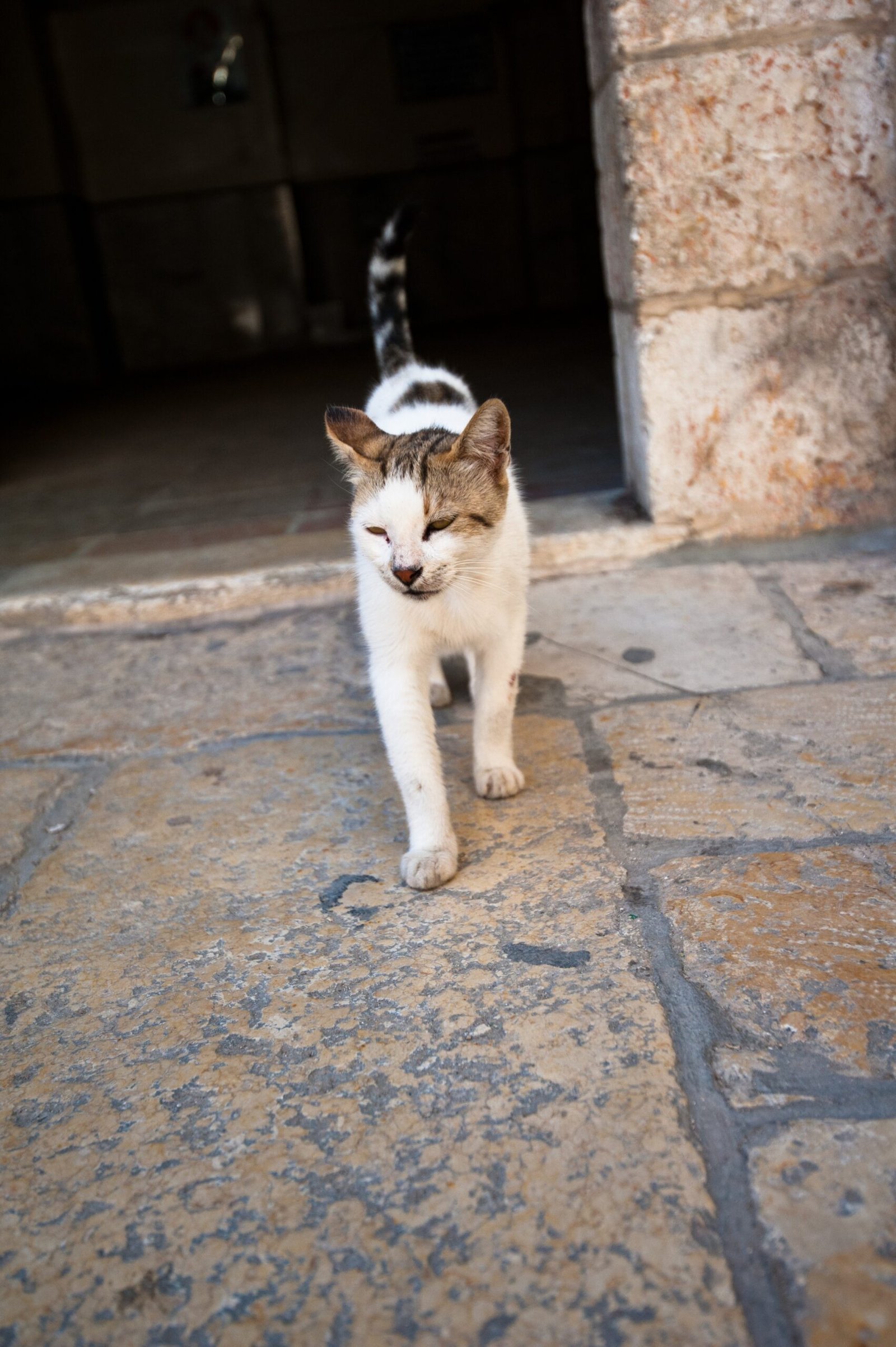
Some cats become extra needy when they’re feeling insecure or anxious. They might follow you from room to room, meow constantly, or even climb onto your lap at every opportunity. This change in behavior is often their way of seeking reassurance. While it can be flattering, it can also signal that your cat feels unsettled. Try to comfort them with gentle petting and extra playtime, but also look for stressors in their environment that might be causing their insecurity.
Loss of Interest in Play
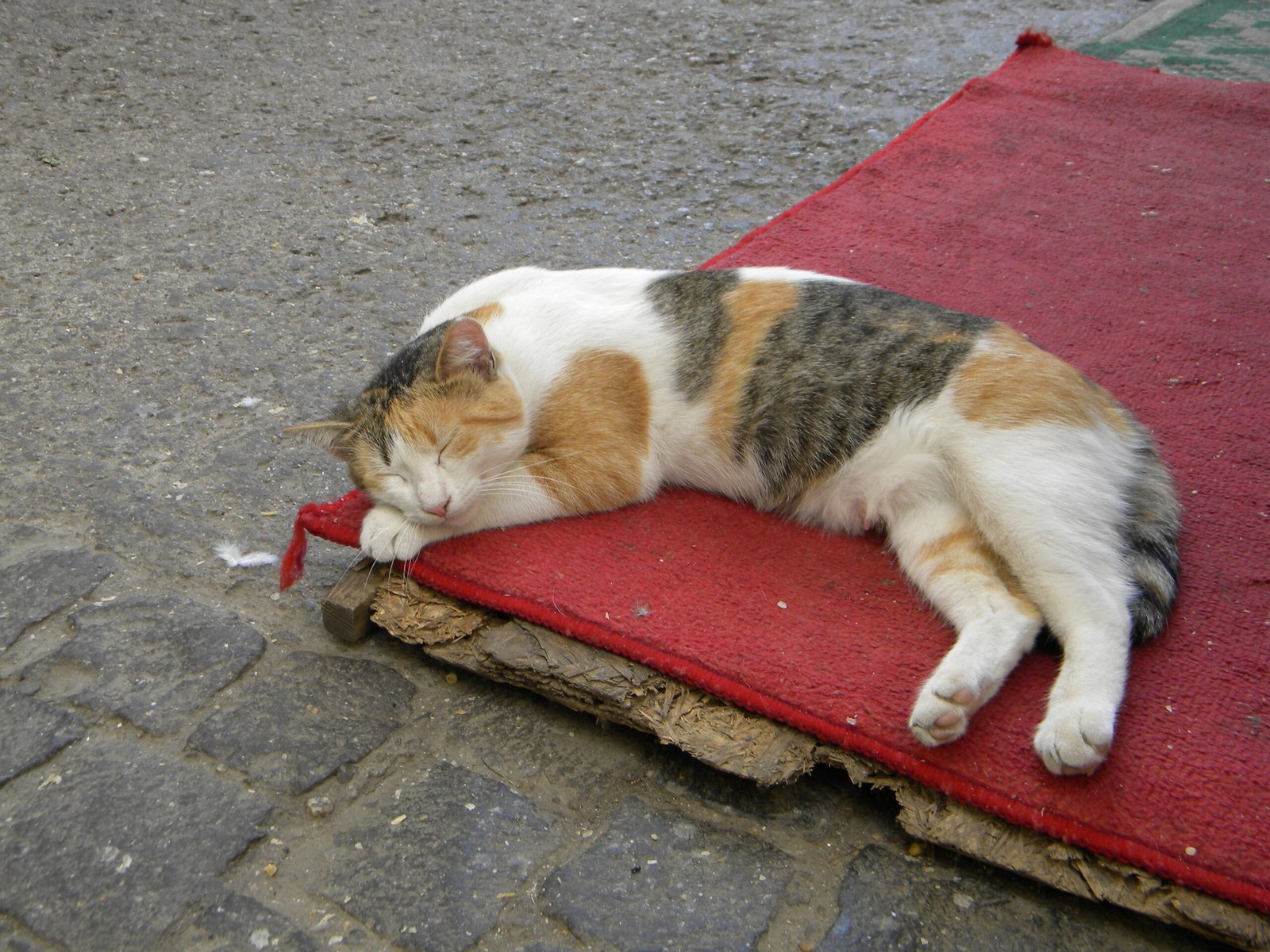
Playtime is a sign of a healthy, happy cat. If your cat suddenly loses interest in their favorite toys or stops chasing after feathers, it’s time to take notice. A lack of play can indicate sadness, boredom, or even depression. Sometimes, cats stop playing because they’re not feeling well physically. Try introducing new toys or play routines, but if your cat remains uninterested, consider a checkup with your vet.
Changes in Socialization with Other Pets
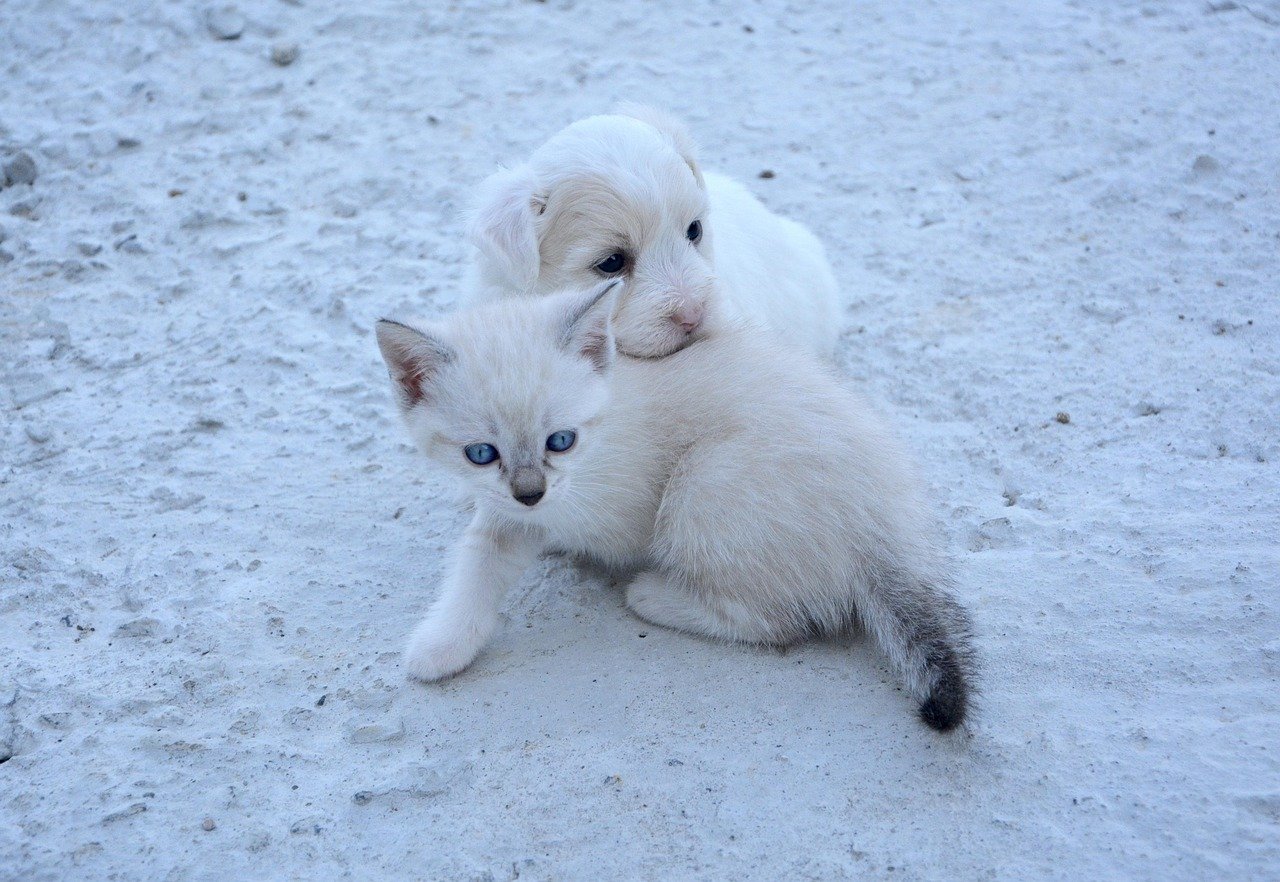
Cats are creatures of habit, and their relationships with other pets can be deeply affected by emotional shifts. If your cat suddenly starts hissing at a housemate or avoids playtime with a furry friend, something may be wrong. This can happen after a big change, like a move or the arrival of a new pet. Watch for signs of tension—staring, blocking access to food, or outright fights. Helping your cat adjust often means giving them space and time to feel secure again.
Vocalizing at Night or When Alone
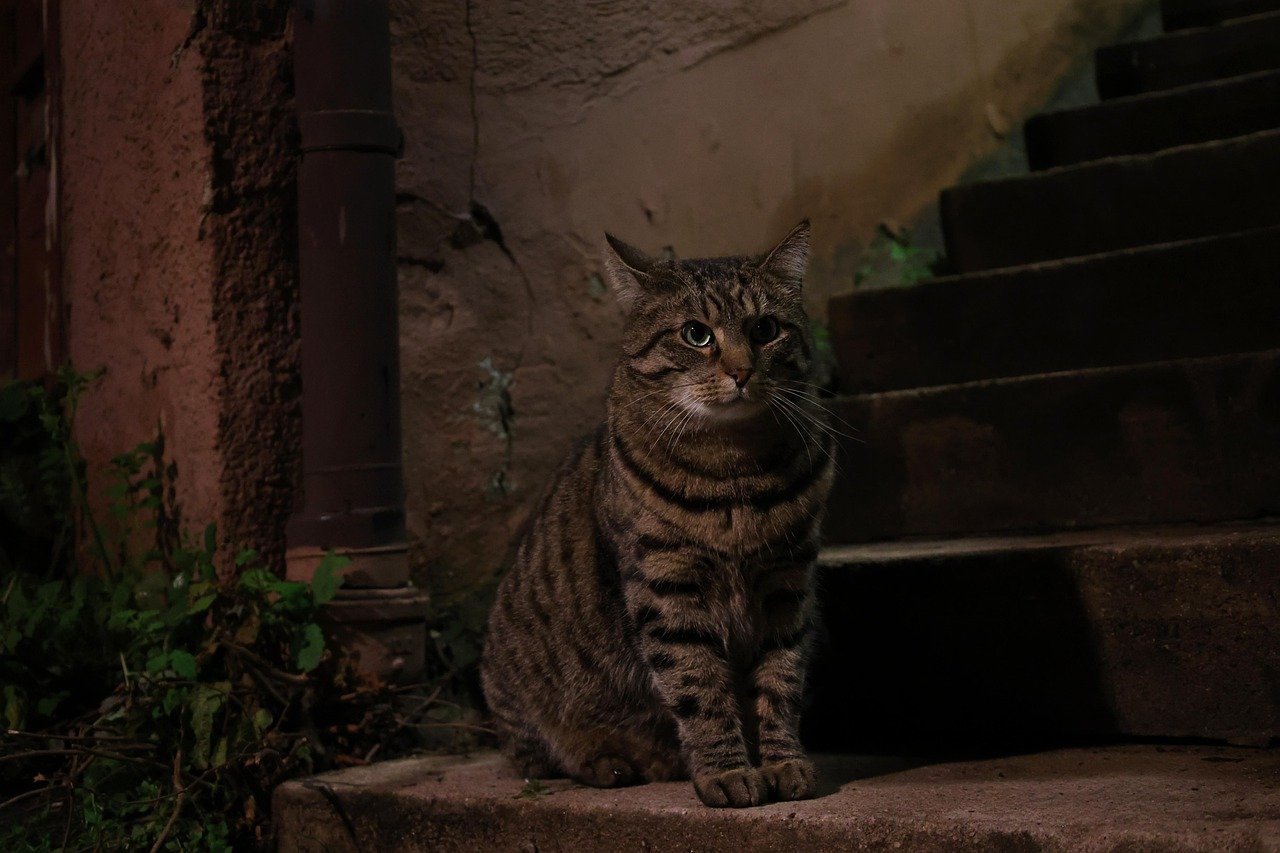
Some cats become more vocal when they’re feeling lonely or anxious, especially at night. If your cat starts yowling when the house is quiet or after you leave, they may be experiencing separation anxiety. This kind of vocalization is often persistent and sounds different from regular meows. Try leaving on a soft light or providing a cozy spot with your scent to help them feel safer when you’re not around. Nighttime vocalizations can also be a sign of aging or health issues in older cats.
Chewing or Scratching Unusual Objects

If your cat suddenly starts chewing on cords, shoes, or furniture, it could be a sign of stress or boredom. Even well-behaved cats might turn to destructive behaviors when their emotional needs aren’t being met. Scratching is a natural behavior, but if your cat starts scratching in new places, it may be a way of marking territory or dealing with anxiety. Providing scratching posts and safe chew toys can help, but pay attention to what might have triggered the change.
Sudden Weight Loss or Gain
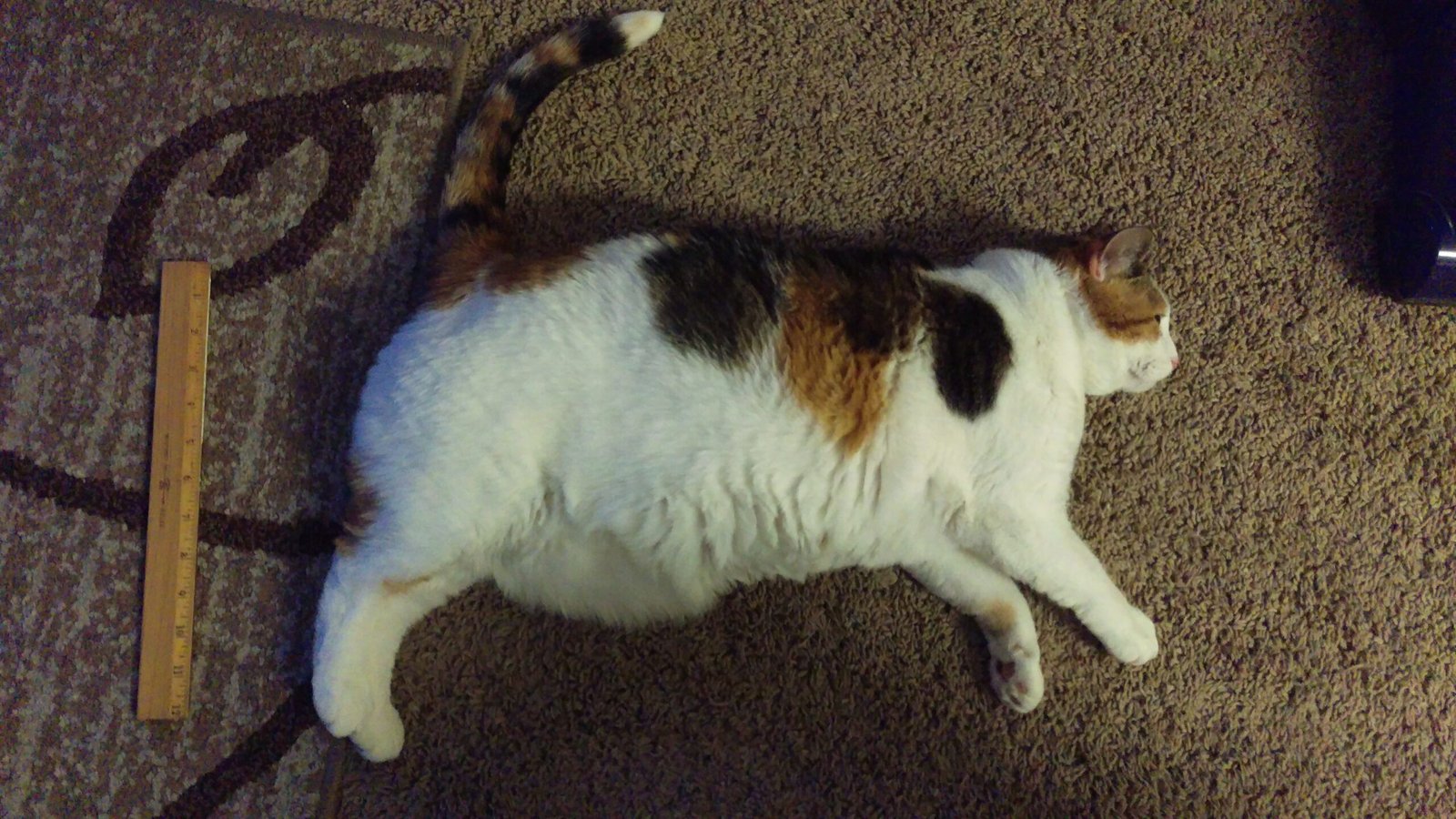
Rapid changes in your cat’s weight are never normal. Emotional shifts can lead to overeating or complete loss of appetite. Stress and anxiety might cause a cat to avoid food, while boredom can result in comfort eating. Monitor your cat’s body condition regularly—run your hands along their sides to check for changes under their fur. If you notice a difference in weight, it’s time to dig deeper into both emotional and physical causes.
Trusting Your Gut and Observing the Big Picture

Sometimes, recognizing your cat’s emotional shifts just comes down to a feeling. You know your cat better than anyone else. If something feels off, trust your instincts. Watch for combinations of the signs discussed above—it’s rarely just one change that signals a problem. Keep a mental (or written) log of your cat’s behaviors and moods. Over time, you’ll become an expert at reading your cat’s unspoken language, deepening your connection in ways you never imagined.
Hi, I’m Bola, a passionate writer and creative strategist with a knack for crafting compelling content that educates, inspires, and connects. Over the years, I’ve honed my skills across various writing fields, including content creation, copywriting, online course development, and video scriptwriting.
When I’m not at my desk, you’ll find me exploring new ideas, reading books, or brainstorming creative ways to solve challenges. I believe that words have the power to transform, and I’m here to help you leverage that power for success.
Thanks for stopping by, Keep coming to this website to checkout new articles form me. You’d always love it!




